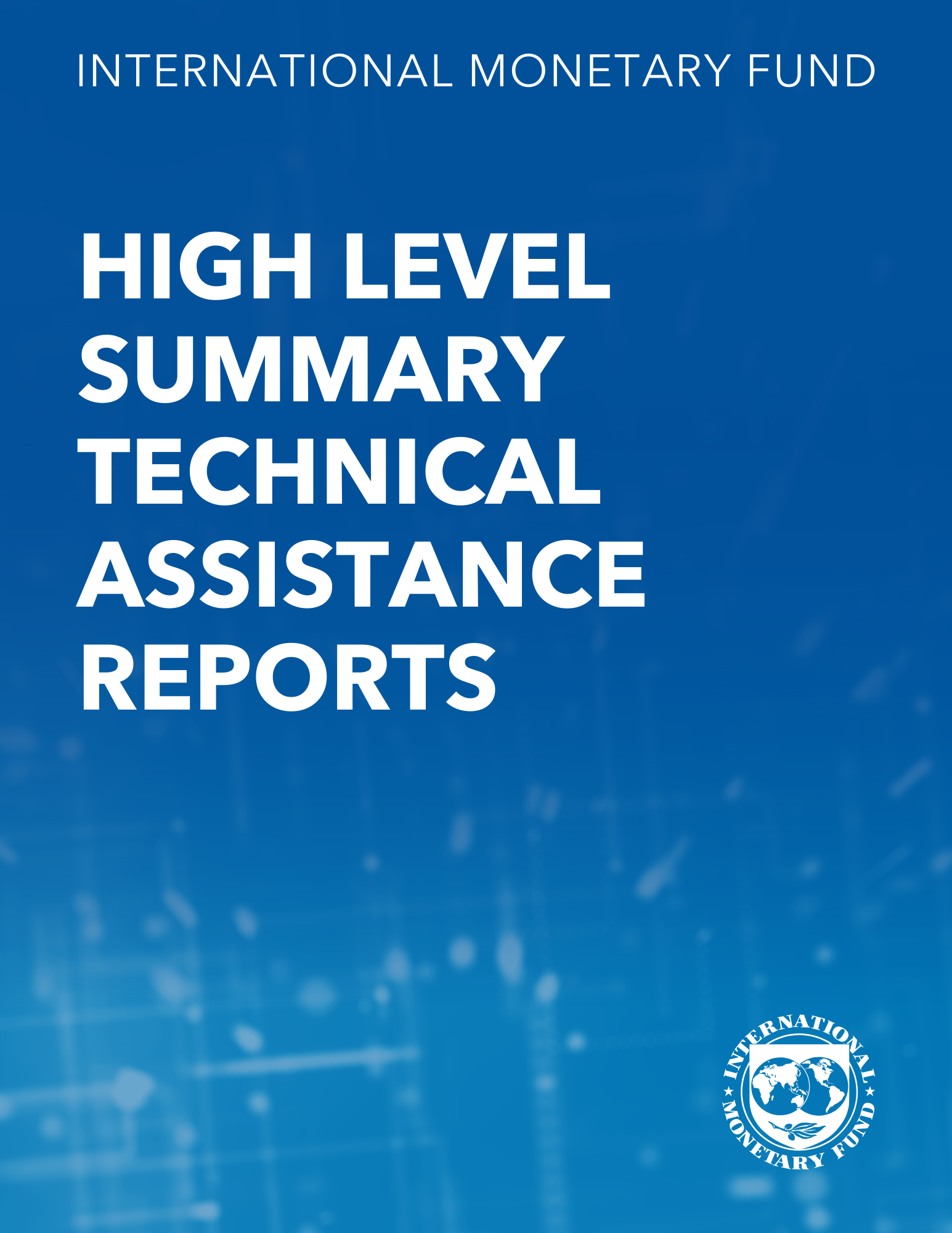Why are Countries’ Asset Portfolios Exposed to Nominal Exchange Rates?
December 22, 2017
Disclaimer: IMF Working Papers describe research in progress by the author(s) and are published to elicit comments and to encourage debate. The views expressed in IMF Working Papers are those of the author(s) and do not necessarily represent the views of the IMF, its Executive Board, or IMF management.
Summary
Subject: Bonds, Consumption, Exchange rates, Financial institutions, Financial markets, Foreign exchange, National accounts, Real exchange rates, Securities markets
Keywords: asset dynamics, asset market incompleteness, Backus-Smith correlation, Backus-Smith puzzle, Bonds, Consumption, consumption puzzle, Country portfolios, exchange rate, exchange rates, Global, goods firm, gross asset positions, home bias, interest rate parity, international business cycles, price level, Real exchange rates, Securities markets, WP
Pages:
48
Volume:
2017
DOI:
Issue:
291
Series:
Working Paper No. 2017/291
Stock No:
WPIEA2017291
ISBN:
9781484335468
ISSN:
1018-5941






